Understanding your dog’s body language is like having a secret decoder ring for your furry friend’s feelings. It helps you catch their vibe, spot any issues early, and build a rock-solid bond.
Key Signs of Canine Body Language
Relaxed and Happy
A chilled-out dog has a loose, wagging tail, soft eyes, and an open mouth, often looking like they’re grinning.
Alert and Interested
When your dog’s ears are perked up, their gaze is focused, and their body leans forward slightly, it means something’s caught their interest.
Fearful and Anxious
Fear shows up as a tucked tail, flattened ears, wide eyes, and a cowering posture. Excessive yawning or lip-licking are also red flags.
Aggressive and Defensive
An aggressive pooch will have a stiff body, raised hackles, bared teeth, and a direct stare. Growling or barking might join the party too.
Understanding the Tail
Wagging Tail
A wagging tail usually means happiness, but pay attention to the speed and position. A slow, low wag can signal insecurity.
Tucked Tail
A tail tucked between the legs is a clear sign of fear or submission.
Raised Tail
A raised tail can mean confidence or excitement, but if it’s stiff, it could indicate aggression.
Recognizing Facial Expressions
Relaxed Face
Soft, relaxed eyes and a slightly open mouth show a calm and content dog.
Whale Eye
If you can see the whites of your dog’s eyes (whale eye), they’re likely anxious or scared.
Lip Licking and Yawning
Frequent lip-licking or yawning are stress indicators.
Body Postures
Play Bow
A play bow, with the front end down and rear up, is an invitation to play.
Cowering
A cowering posture signifies fear or submission.
Leaning Forward
A forward-leaning, stiff body indicates aggression or dominance.
How to Respond to Canine Body Language
Positive Reinforcement
Encourage relaxed and happy behaviour with treats and praise.
Avoid Punishment
Avoid punishing a fearful or anxious dog. Remove the stressor and offer comfort instead.
Consistent Training
Use consistent training techniques to build trust and understanding.
Conclusion
Cracking the code on your dog’s body language is key to smooth communication and their well-being. By picking up on their signals and responding properly, you’ll strengthen your bond and nip any issues in the bud.







